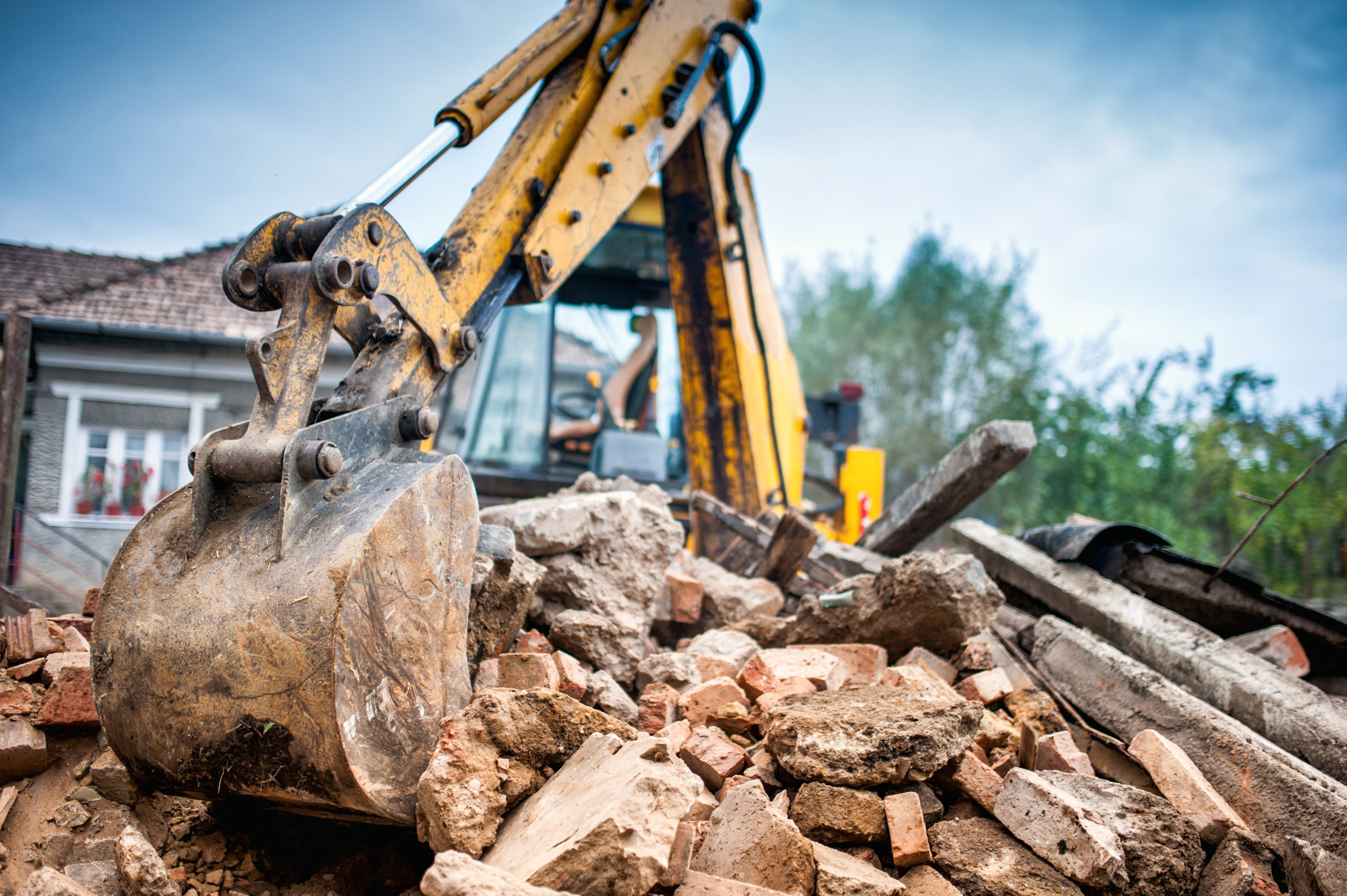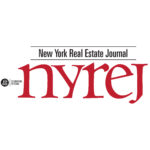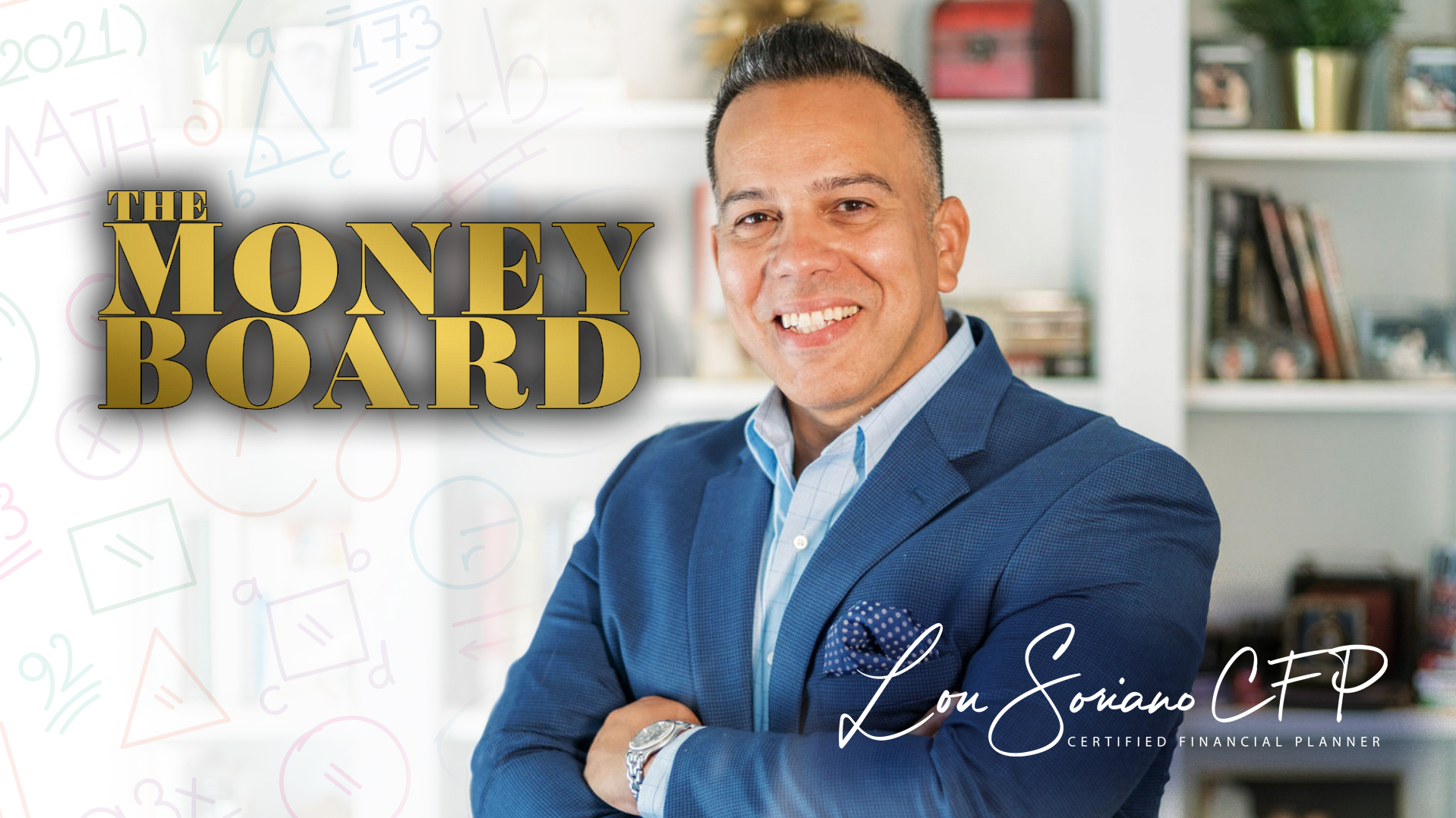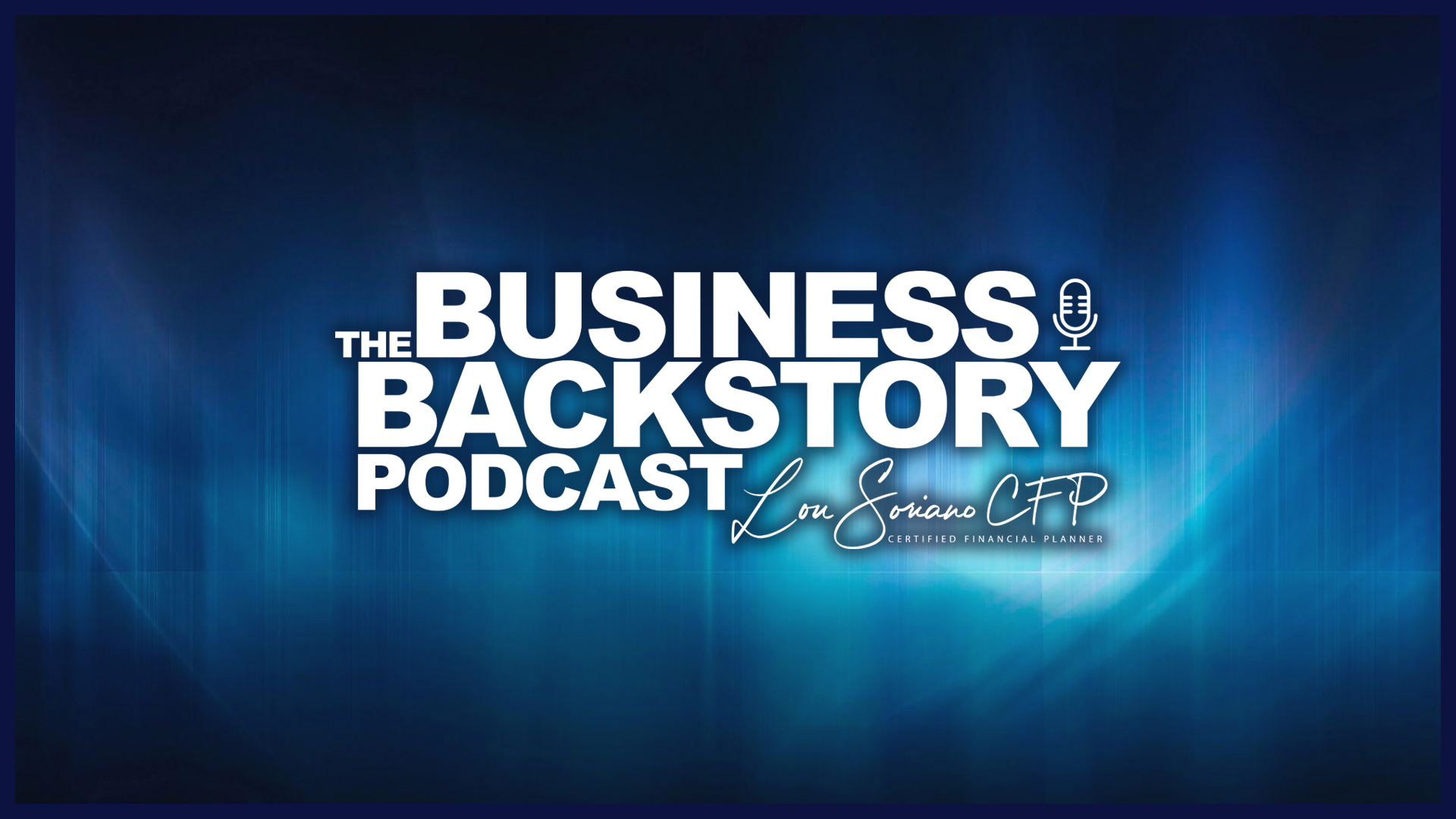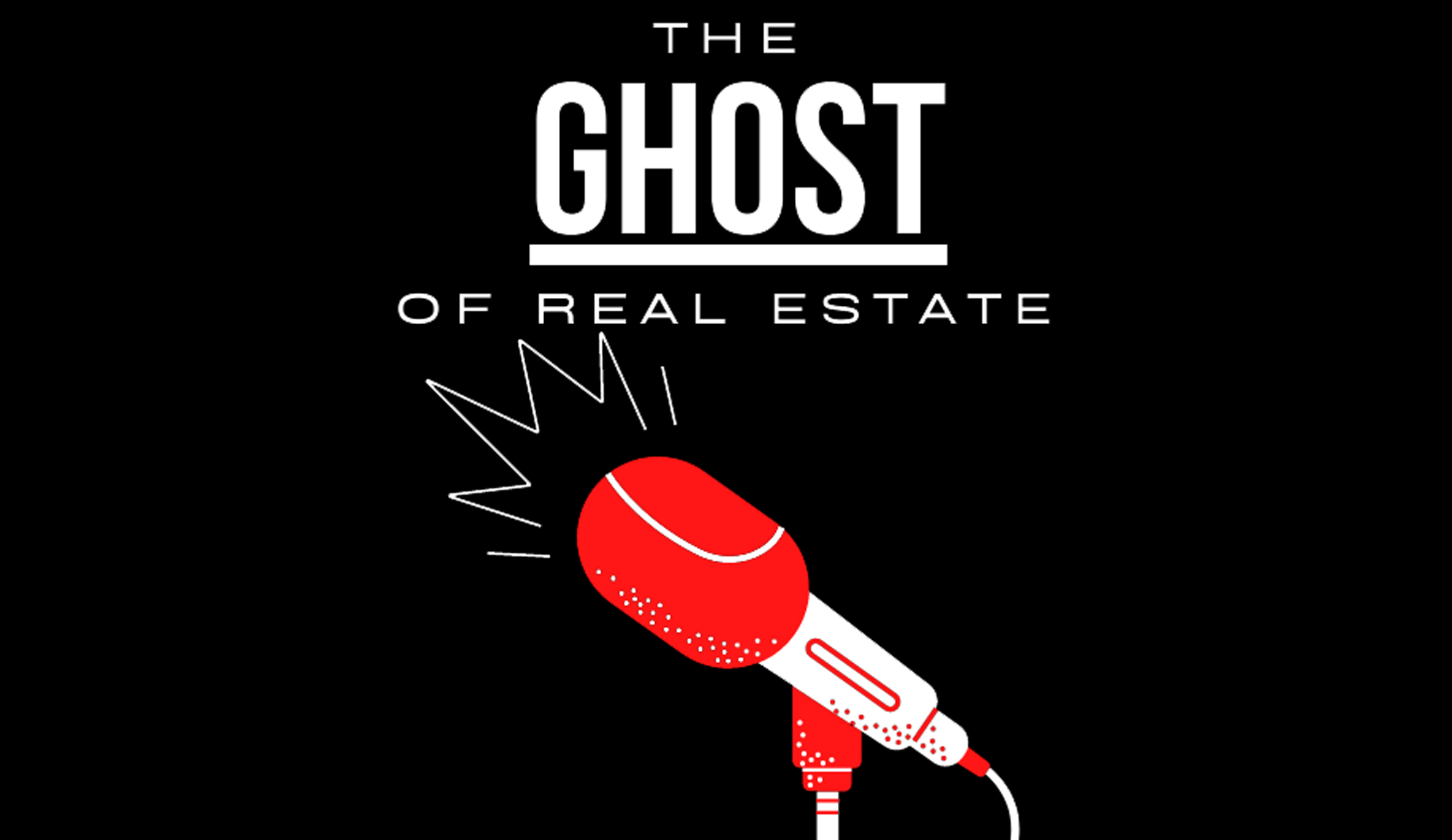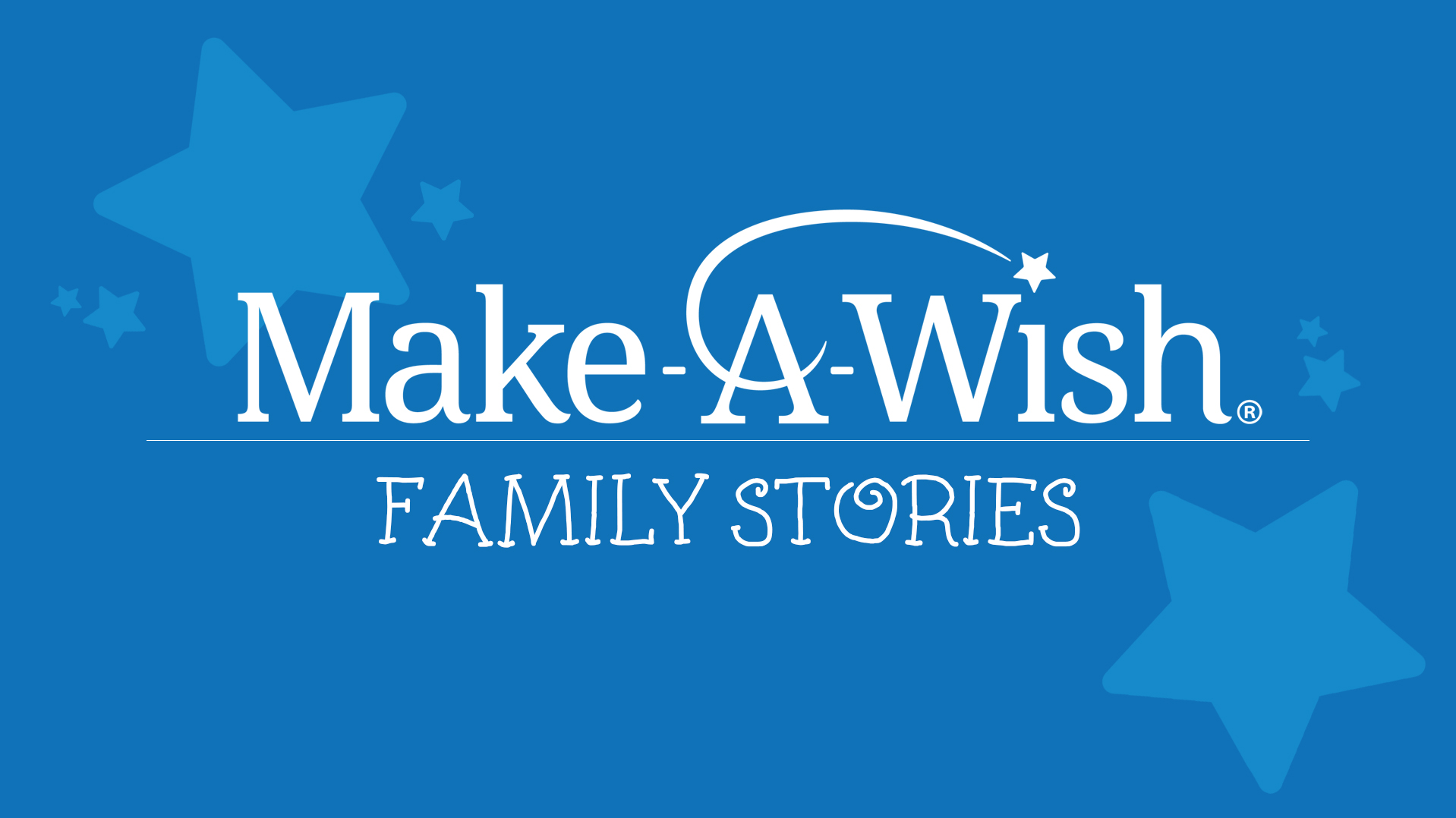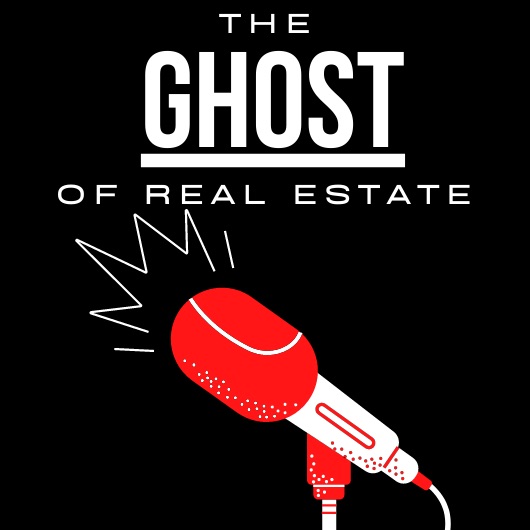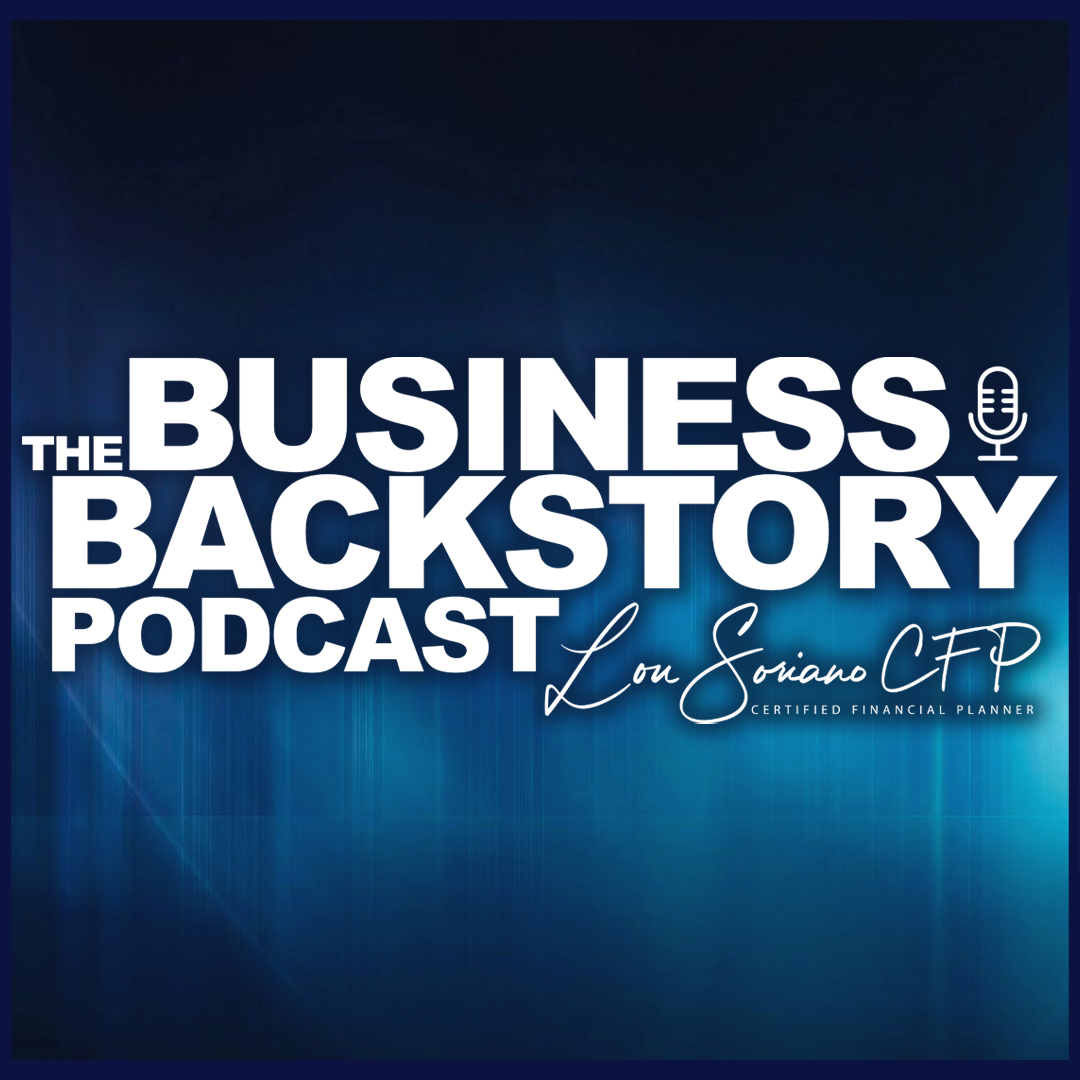
December 2020
4 Min Read
Massive Jumps in Expenses Result in Decreased NOI’s and Increased Tax Rates
Written by Brad Cronin & Sean Cronin.
Decreased revenues as a result of COVID-19 has been well reported amongst all property types, but significant increases in expenses are frequently overlooked. Sophisticated owners understand that it’s not how much money you earn, it’s how much you keep. As the calendar year nears an end, additional expenses incurred as a result of COVID are being totaled for 2020 and the figures are startling. Expenditures on protective items such as masks, hand sanitizer stations, and plexiglass dividers are seen daily for those not working from their homes. However, there are other tremendous adjustments being made by owners and businesses as they implement new systems to make themselves safe and operational during the pandemic.
There is a disparate impact among different types of operations. For example, restaurant owners have had to pivot on multiple occasions—from complete shutdown, to take out only arrangements, to finding a sustainable business model at less capacity, navigating outdoor dining and now adjusting to a statewide curfew—the constant regulatory yo-yo is not only difficult to manage, but comes with increased costs with each change.
Growing expenses are one area where both property owners and governments can both commiserate. Municipal budgets have been pushed to the brink as they deal with decreased revenue and climbing costs. Local governments have been at the forefront of managing the pandemic response since March. With almost no time to plan, spending reserve money became necessary to stay operational.
Unfortunately, when municipal budgets increase, some of those costs are passed through to property owners in the form of tax rate increases. With limited aid, municipalities are forced to utilize already depleted reserves or raise taxes.
School budgets, the largest component of the tax rate, were dramatically impacted. The monumental task of operating schools in a safe manner involved large expenditures on equipment, additional staff, transportation adjustments, and providing technology upgrades for remote learning. With the number of positive COVID cases again on the rise, these costs are sure to endure through the winter.
The problem thus becomes a double hit for property owners: Endure their own increased expenses while also having government’s rising expenses passed onto them in property taxes. With Long Island already at the top of the nation in property tax burdens, these increases can make property operations unsustainable.
Under these dire circumstances it becomes absolutely critical that each property is assessed at an accurate value that takes into account the ongoing burden of these increased expenses. While lost and deferred rents are easy to understand, the costs and time associated with running a property amidst a pandemic must be meticulously quantified and presented to the assessor as well.
In Nassau County, the time to grieve these taxes begins in January with Suffolk County and the majority of New York jurisdictions following just months later. These are the first grievance periods that will actually account for the impact of COVID under the law. It is important to document and quantify all changes a property owner has made since March. Assessors will have the unenviable task of sifting through thousands of property tax grievances and attempting to understand the extent by which each property was impacted by COVID.
No property owner will be telling the municipality that their operations were helped by COVID, so it becomes the responsibility of the property owner, in conjunction with their counsel, to make clear just how each property was impacted. On the other side, assessors and the administrative bodies that defend assessments will be mindful to protect their assessment roll.
Municipalities already saw a decline in collections from property tax bills. This decline was minimized by the influx of cash from the Paycheck Protection Program (PPP). Now with PPP money spent and operations still impacted by COVID, collections are likely to decline further when the next set of tax bills come due. A second round of PPP or other Federal fiscal stimulus looks likely, though probably not before the Presidential inauguration in January. Municipalities are always diligent in defending the assessment roll. However, with so many owners seeking reductions, they will be under a great deal of pressure to maintain a stable assessment roll as a sharp decline in assessments would cause a spike in the tax rate for all owners. In short, not every property owner with a grievance is going to receive the relief to which they believe they are entitled, underscoring the importance of working with counsel to build a diligent game plan.
After seeing some operations resume over the summer, the ongoing second surge is again altering the realities on the ground for many property owners yet again. The situation remains fluid, with rules and protocols seemingly changing by the day. Assessors will examine the facts for each property, which is why quantifying the exact impact specific to each individual property will be of the utmost importance in obtaining a reduction in your property taxes.







